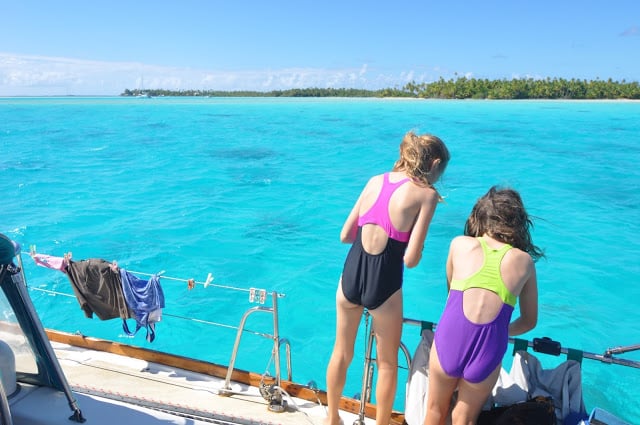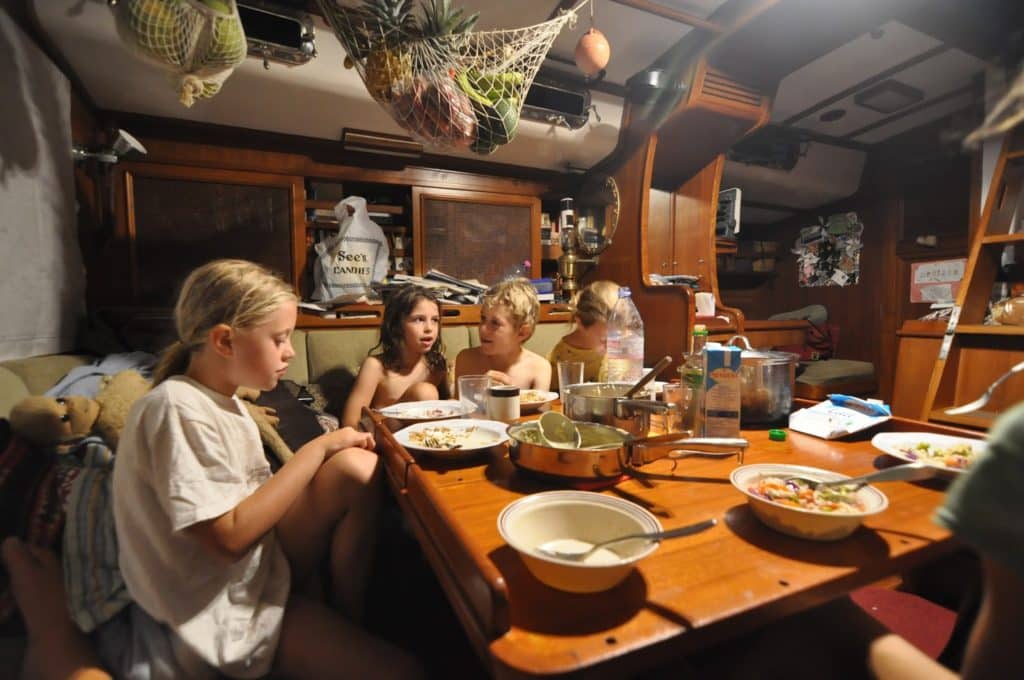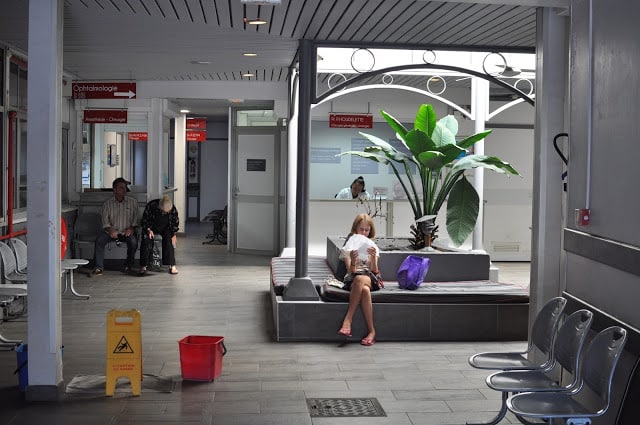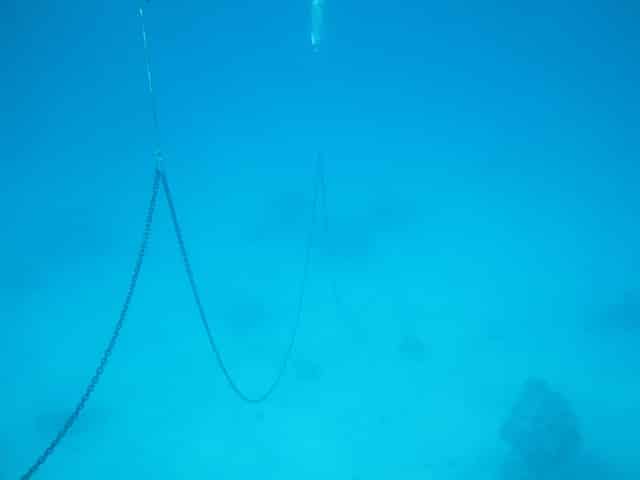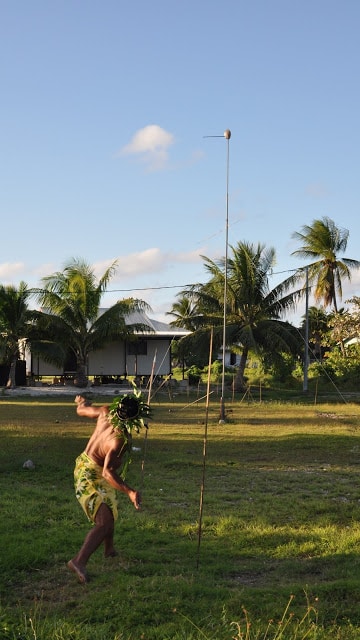
I’ve written here before about health insurance (we pay about $2K per year for a very-high-deductible policy that covers us internationally) and our experiences dealing with medical issues while cruising in Canada and Mexico. I’ve always been both surprised by and pleased with the quality and affordability of health care we’ve received outside the U.S. Now I can report on an experience with the health care system in French Polynesia.
We needed to get the girls vaccinated for Typhoid. After asking around, we located the primary health clinic in downtown Papeete, Tahiti. All the signs around the building were in French, but by asking around some more, we were pointed to the window where everything starts. We told the receptionist why we were there. Understanding our desire to get our girls vaccinated for Typhoid, she gave us a ticket with the name of the doctor and office where we would go and wait to be seen. Understanding our unfamiliarity with the system and facility, she kindly left her post to walk us to the office we needed to go.
The office was small and clean, but utilitarian and worn. None of the doctors or nurses seemed to be Polynesian, but French expats. They were dressed casually under white coats. We were in a back room before a doctor within 15 minutes.
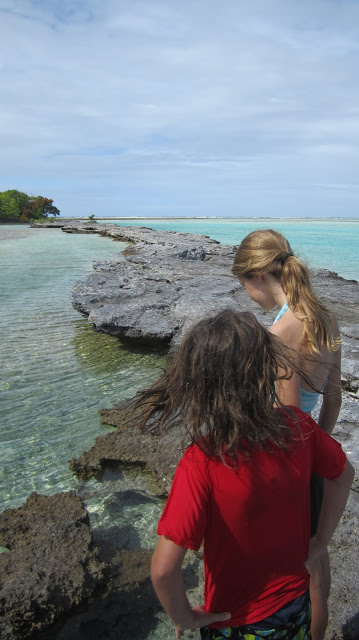
“We’re headed for places where Typhoid is a concern; our daughters need to be vaccinated.”
In English, the doctor asked the girls their names and ages and wrote a prescription for us to fill.
“When you have eet, you joost coom back and zee nurse will geev zee shot, okay?”
“Oui, merci.”
Windy and the girls hung out in the air conditioned offices while I went across the street to the pharmacy.
“No, I’m sorry, we don’t have it.”
I continued to another pharmacy a couple blocks away.
“No, I’m sorry, we don’t have it—and (tap, tap, tap) looking in the system here, nobody currently has it.”
I returned to the office and reported what I’d learned.
“Just a minute, sil vous plait.”
The nurse spoke with the doctor and he immediately stopped what he was doing and picked up the phone. Then he continued in French to the nurse. A woman standing nearby, in street clothes, turned to us.
“He’s found a pharmacy that has what you need, but…it’s far and you’ll never find it. Come with me please.”
We followed her out of the office, outside, and down the block. We learned she is the doctor’s wife, having just stopped by for a visit. She urged us all into her tiny car. One of the back doors was broken and the unglued headliner draped uncomfortably across my head. We thanked her profusely. The pharmacy was indeed a ways and we’d not have been able to find it easily.
Medicine in hand, we explained to the doctor’s wife that we’d have to return for the injections tomorrow, that we had to catch the 5:00 p.m. bus (the last of the day) back to the anchorage.
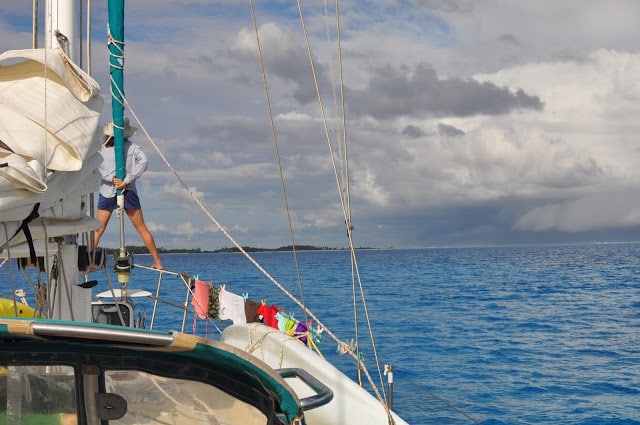
“Hmm, you don’t worry about that, I wait outside and take you back to your boat when you come out.”
Back in the office, without any mention that we’re in a hurry, the nurse spots us, quickly stops to inject the girls, and bids us farewell. We ask how and where we pay. She shakes her head and brushes us off.
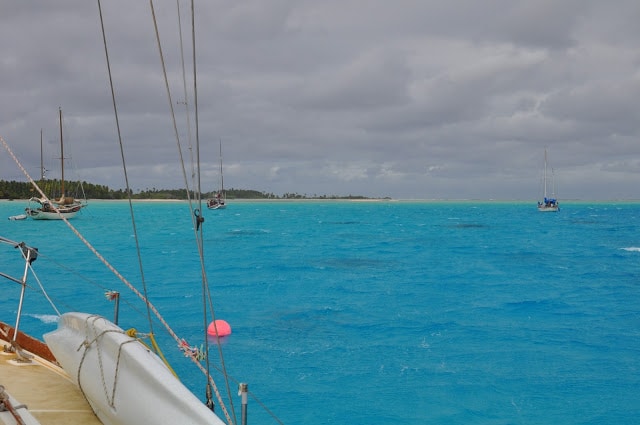
The doctor’s wife was waiting for us outside. On the 20-minute drive to drop us off, we learned she is a physical therapist. She has adult children whom she and her husband raised here in Tahiti. She has grandchildren in Paris and Tahiti. She is eager to return to France when her husband retires.
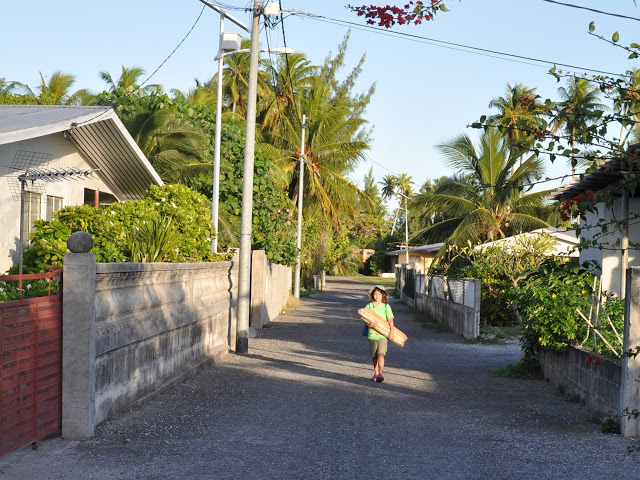
She dropped us off and we thanked her again.
Just like every other out-of-country health care experience we’ve had, I thought: This would just never go down this way in the States.
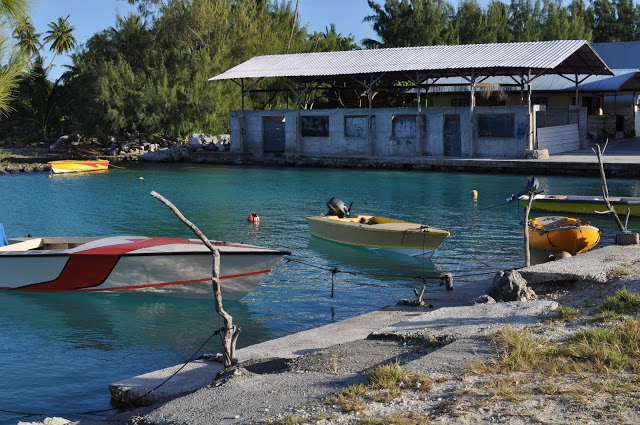
Not that the health care system in Canada, Mexico, or French Polynesia is without fault, or that the U.S. system is without merit, but to be able to have routine medical needs met casually (in Mexico and French Polynesia we’ve never filled out any forms, oftentimes only our first names are known by the provider), for a reasonable price (in Mexico a consultation with a GP costs $4, a subsequent visit with a GP in French Polynesia cost $35, and we paid about the same in Canada), and efficiently (always quick walk-in service for a GP outside the U.S. and dermatologist and dentist and gynecological appointments in Mexico could always be made for the same day or within 48 hours) shouldn’t surprise my U.S. sensibilities to the extent it does.
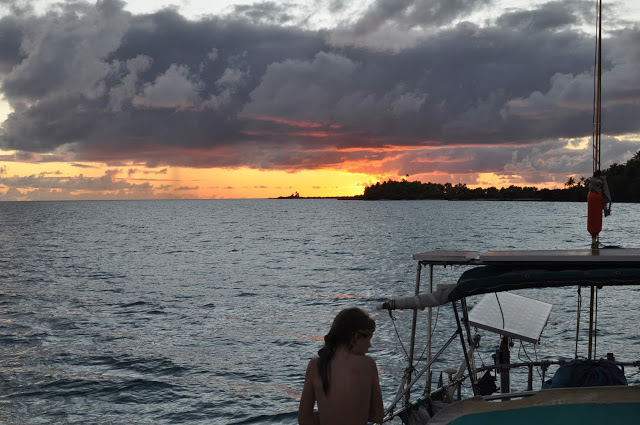
In our twenties, we traded our boat for a house and our freedom for careers. In our thirties, we lived the American dream. In our forties, we woke and traded our house for a boat and our careers for freedom. And here we are. Follow along with the Roberston’s onboard Del Viento on their blog at www.logofdelviento.blogspot.com.
